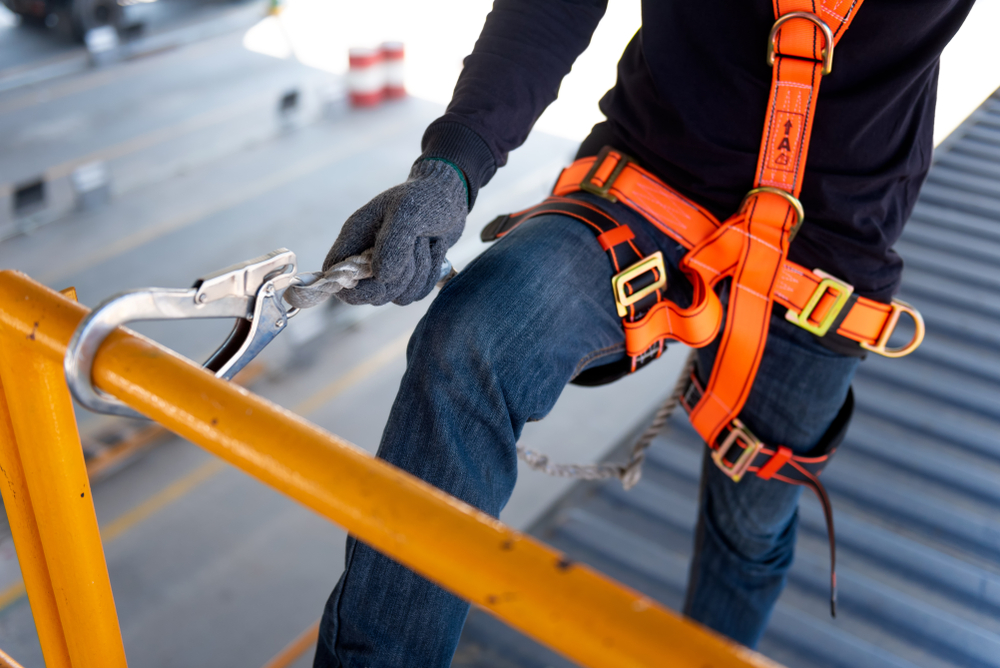In our latest installment of Ask the Expert, brought to you by the team of industry experts at EHS Hero®, we look at a recent question from a subscriber asking about guardrails for fall protection at a loading dock. See what the experts had to say.
Q: Loading docks in our California warehouse are equipped with roll down doors. Doors are open while container/trailer is backed up into dock, thus not needing fall protection. When no container/trailer is present the distance from the loading dock to the ground is 4 ft. or more requiring fall protection. Is having the roll down door open to about 3 ft. or less, where employees can’t fall out of it, sufficient to not need guardrails?
Answer: Because your loading dock is part of your warehouse (a “building”), 8 CCR 3210(a) applies. Normally, guardrails would be required on all open sides of unenclosed elevated work locations that are more than 30 inches above the floor, ground, or other working areas of a building. However, Cal/OSHA exempts portions of loading platforms that are used primarily for loading or unloading railroad cars or trucks, such as your loading dock. Consequently, guardrails are not required.
However, recommended practices for reducing loading dock hazards include:
- Painting the edges of the loading dock to improve visibility;
- Providing physical barriers at dock edges when not in use;
- Providing adequate lighting at the dock and in trailers; and
- Making sure all personnel are trained in loading dock safety.
Note that California also regulates loading dock operations under 8 CCR 3336. Specifically, trucks, trailers, and railcars boarded by powered industrial trucks (such as forklifts) during loading dock operations must be secured against unintended movement. Additionally, employers must establish and enforce a system to prevent trucks, trailers, or railcars from pulling away from the loading dock before the loading or unloading operation is completed.

